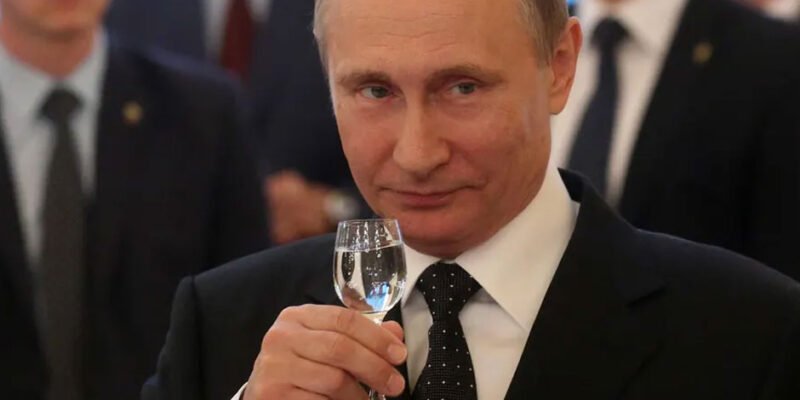Introduction
In a bold move to show solidarity with Ukraine, several states in the U.S. have taken a stand against Russian Standard Vodka, one of Russia’s well-known products. While these bans carry symbolic weight, it is essential to understand their actual economic impact. This article explores the implications of banning Russian Standard Vodka, its significance in the broader liquor market, and the varying responses of different states to this symbolic gesture.
The Nationwide Banishment
Russian Standard Vodka has faced its share of challenges as ten states decided to banish the product from their shelves. Alabama, Maine, Utah, New Hampshire, North Carolina, West Virginia, Ohio, Iowa, Pennsylvania, and Oregon have all taken measures to remove Russian vodka from their state’s liquor stores and restaurants. These decisions come amid the ongoing tension between Russia and Ukraine, and they carry substantial symbolic value.
The Symbolic Punch vs. Economic Impact
While these bans are intended to send a powerful message, their actual economic impact is relatively minor. Despite vodka being the best-selling spirit in the U.S., Russian vodka imports represent a small fraction of the total vodka market. The Distilled Spirits Council of the United States (DISCUS) reports a significant decline in Russian vodka imports over the years, accounting for just 1.3% of all vodka imports in 2021.
States’ Responses to the Ban
States have adopted varying responses to this symbolic gesture. Alabama and Maine swiftly removed Russian Standard Vodka from their shelves, while Utah and New Hampshire issued executive orders for the same purpose. Ohio and Iowa halted further purchases of Russian-produced liquor. Pennsylvania’s Liquor Control Board directed state-run stores to stop selling Russian products in solidarity with Ukraine. In contrast, Texas Governor Greg Abbott made a voluntary request for retailers to remove Russian products, and Senator Tom Cotton suggested Americans dispose of Russian vodka bottles in support of Ukraine.
The Bigger Picture
Russian Standard Vodka may be one of the leading Russian brands in the U.S., but its sales pale in comparison to non-Russian brands. For instance, in 2019, Russian Standard sold only 237,000 9-liter cases, whereas other brands like Smirnoff, Tito’s Handmade Vodka, and New Amsterdam Vodka boasted millions of cases sold in the same year.
The Unintended Consequences
In the midst of the bans, some establishments mistakenly discarded non-Russian brands, highlighting the unintended consequences of these actions. Brands like Stolichnaya, originally a Soviet brand, are now produced in Latvia. Similarly, Smirnoff, though historically connected to Russia, is no longer based there and is produced in the United States.
Conclusion
The banishment of Russian Standard Vodka is undoubtedly a gesture of solidarity with Ukraine during tense geopolitical times. However, its economic impact remains minimal in the broader context of the liquor market. As the situation evolves, it is essential for states to carefully consider the implications of their actions and ensure that their decisions align with their intended goals.







Comments